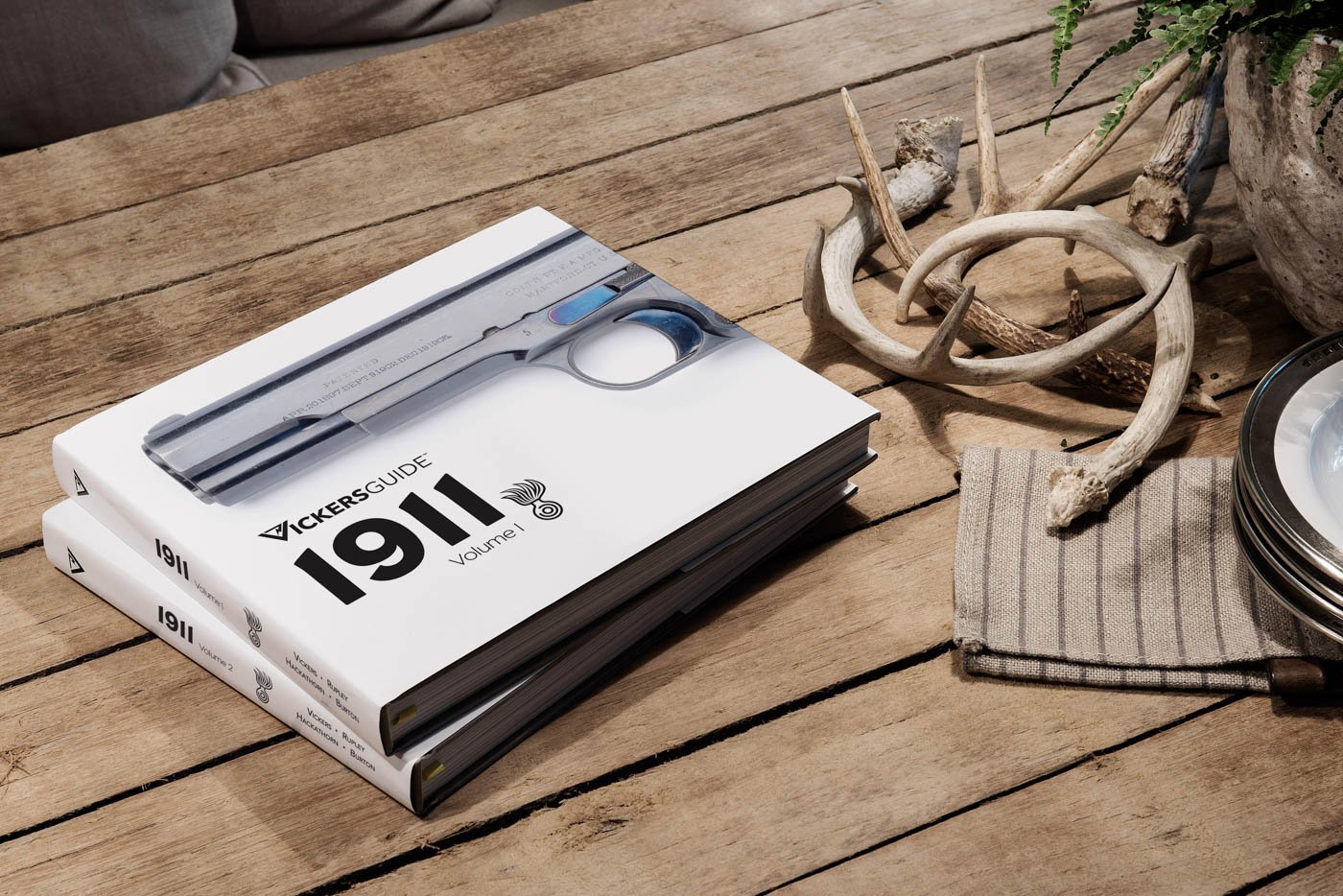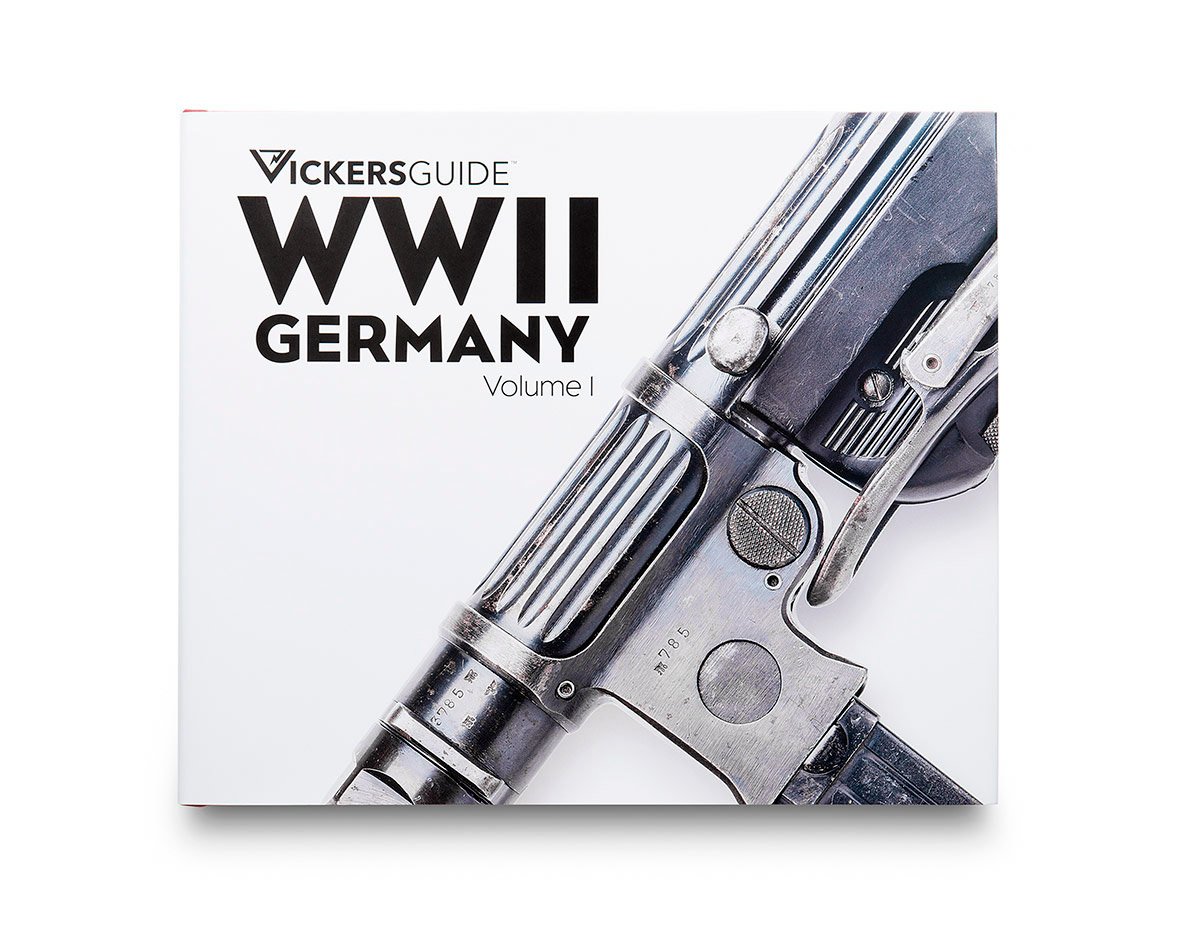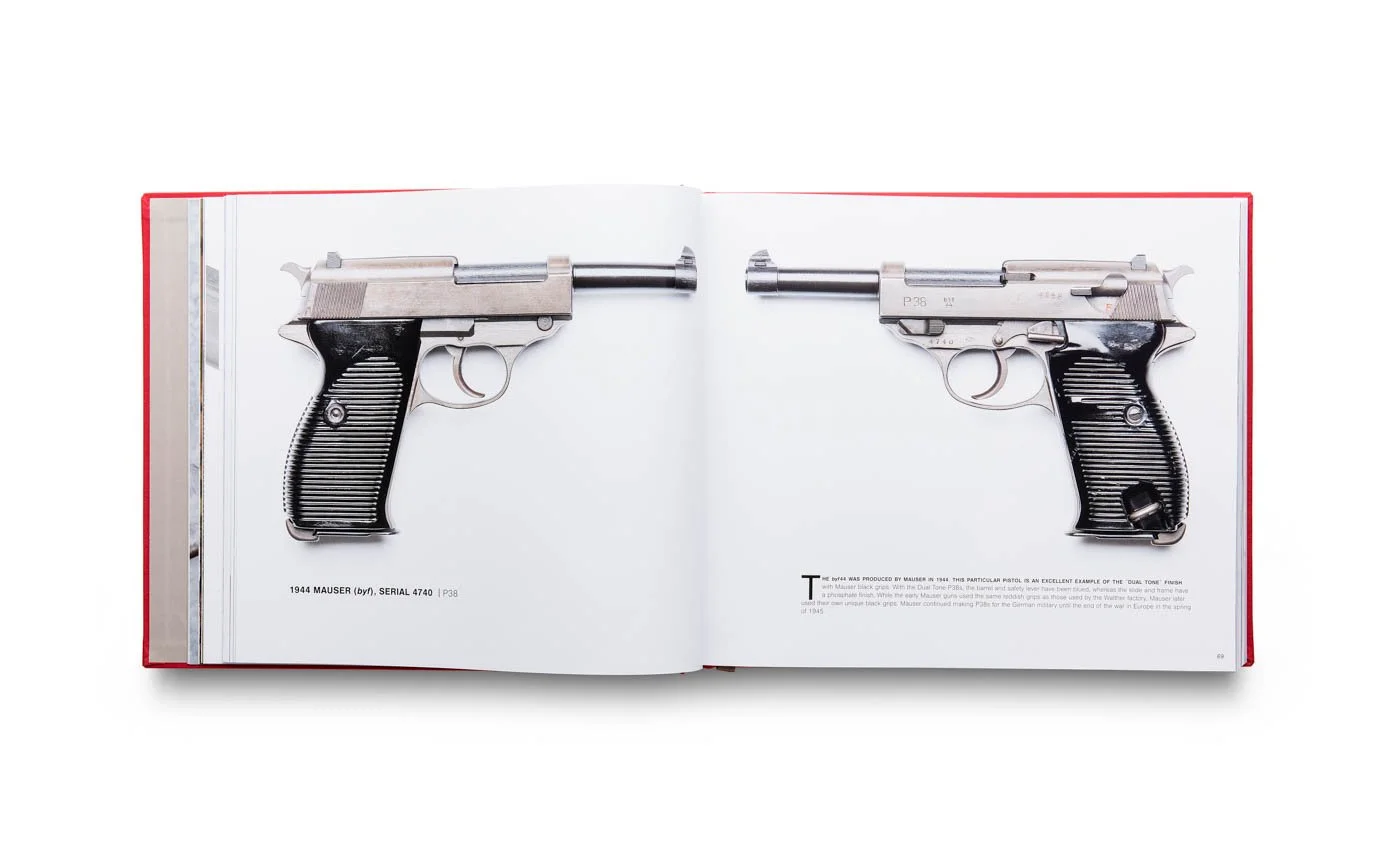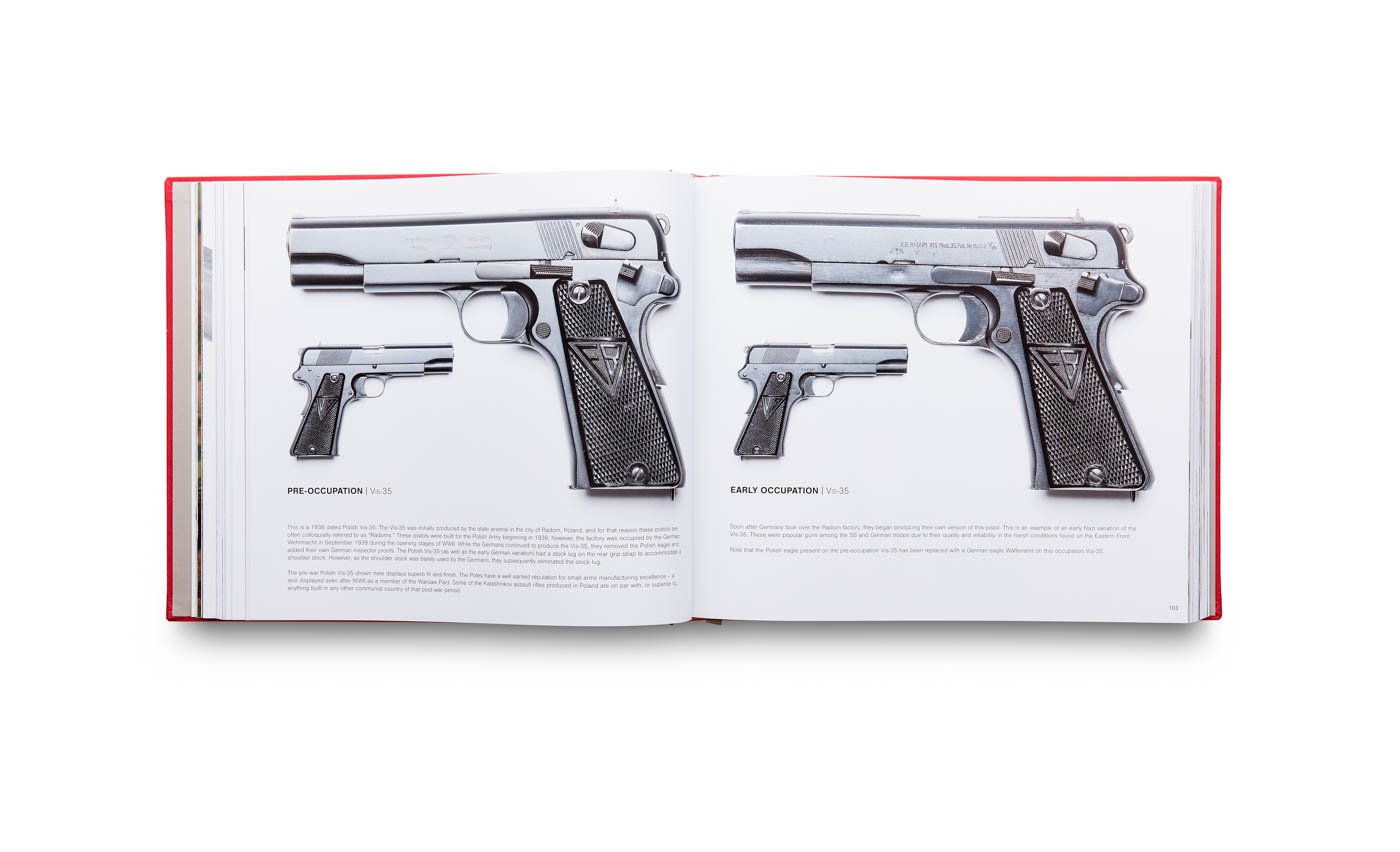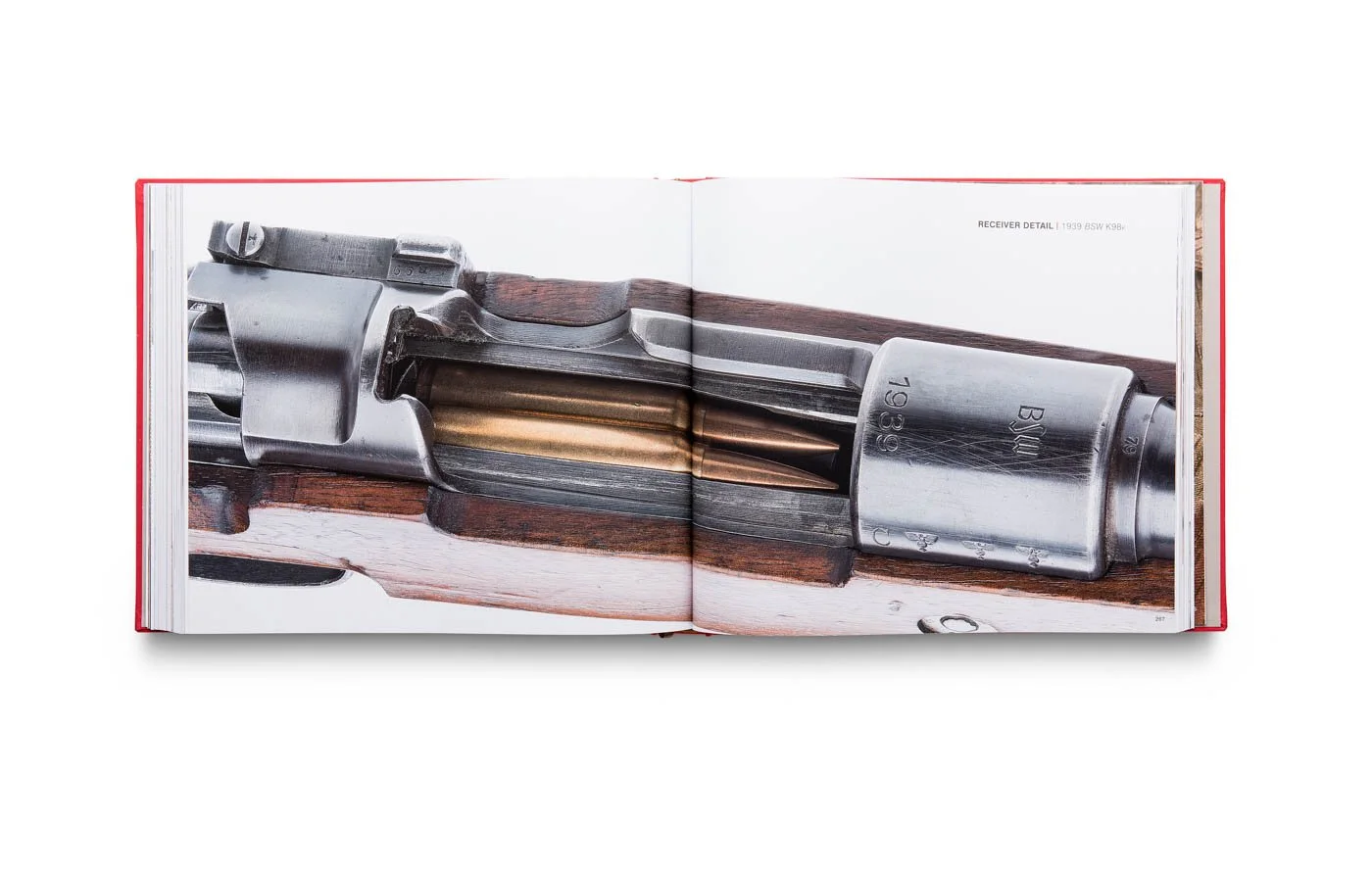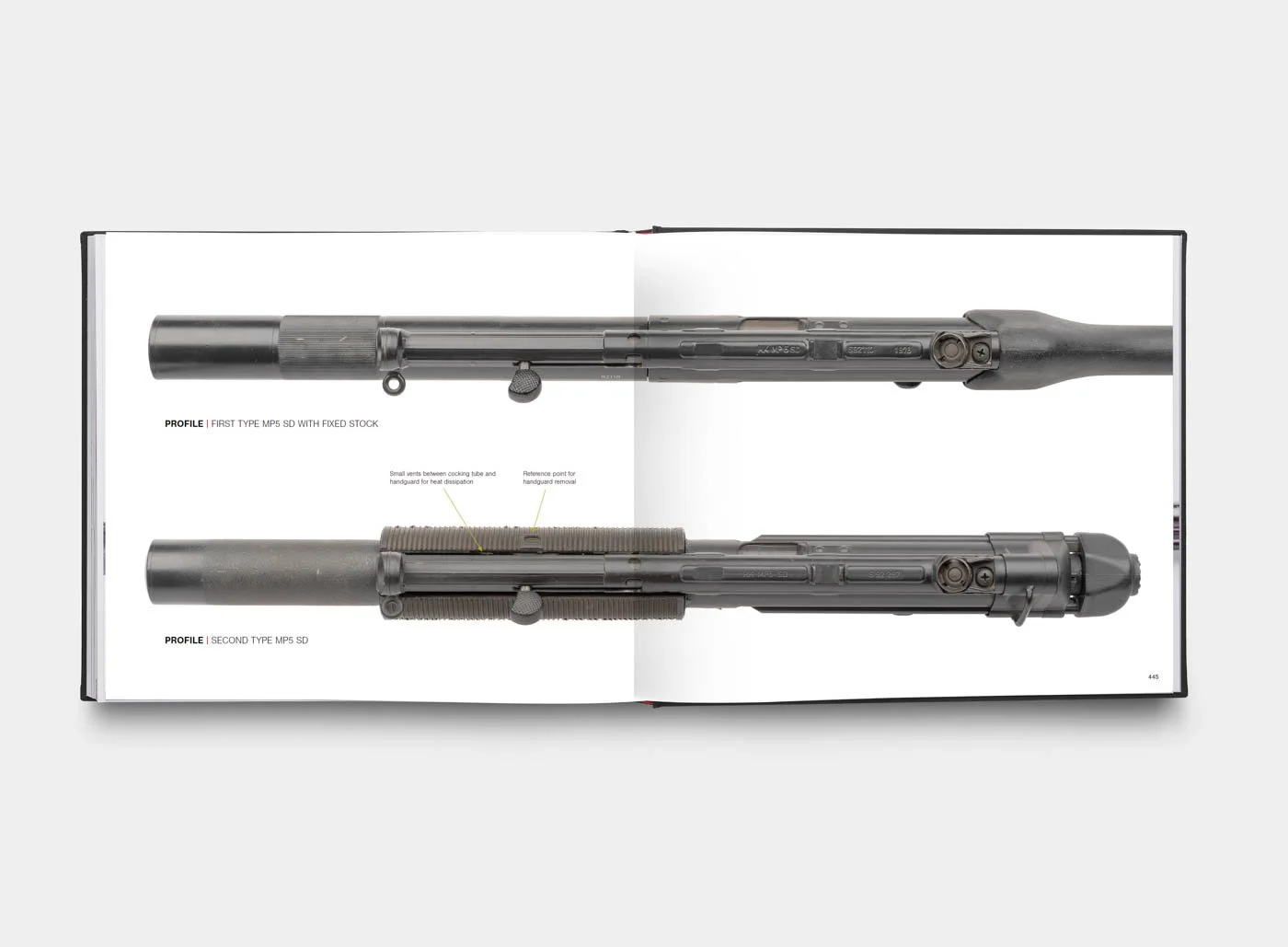 Image 1 of 19
Image 1 of 19

 Image 2 of 19
Image 2 of 19

 Image 3 of 19
Image 3 of 19

 Image 4 of 19
Image 4 of 19

 Image 5 of 19
Image 5 of 19

 Image 6 of 19
Image 6 of 19

 Image 7 of 19
Image 7 of 19

 Image 8 of 19
Image 8 of 19

 Image 9 of 19
Image 9 of 19

 Image 10 of 19
Image 10 of 19

 Image 11 of 19
Image 11 of 19

 Image 12 of 19
Image 12 of 19

 Image 13 of 19
Image 13 of 19

 Image 14 of 19
Image 14 of 19

 Image 15 of 19
Image 15 of 19

 Image 16 of 19
Image 16 of 19

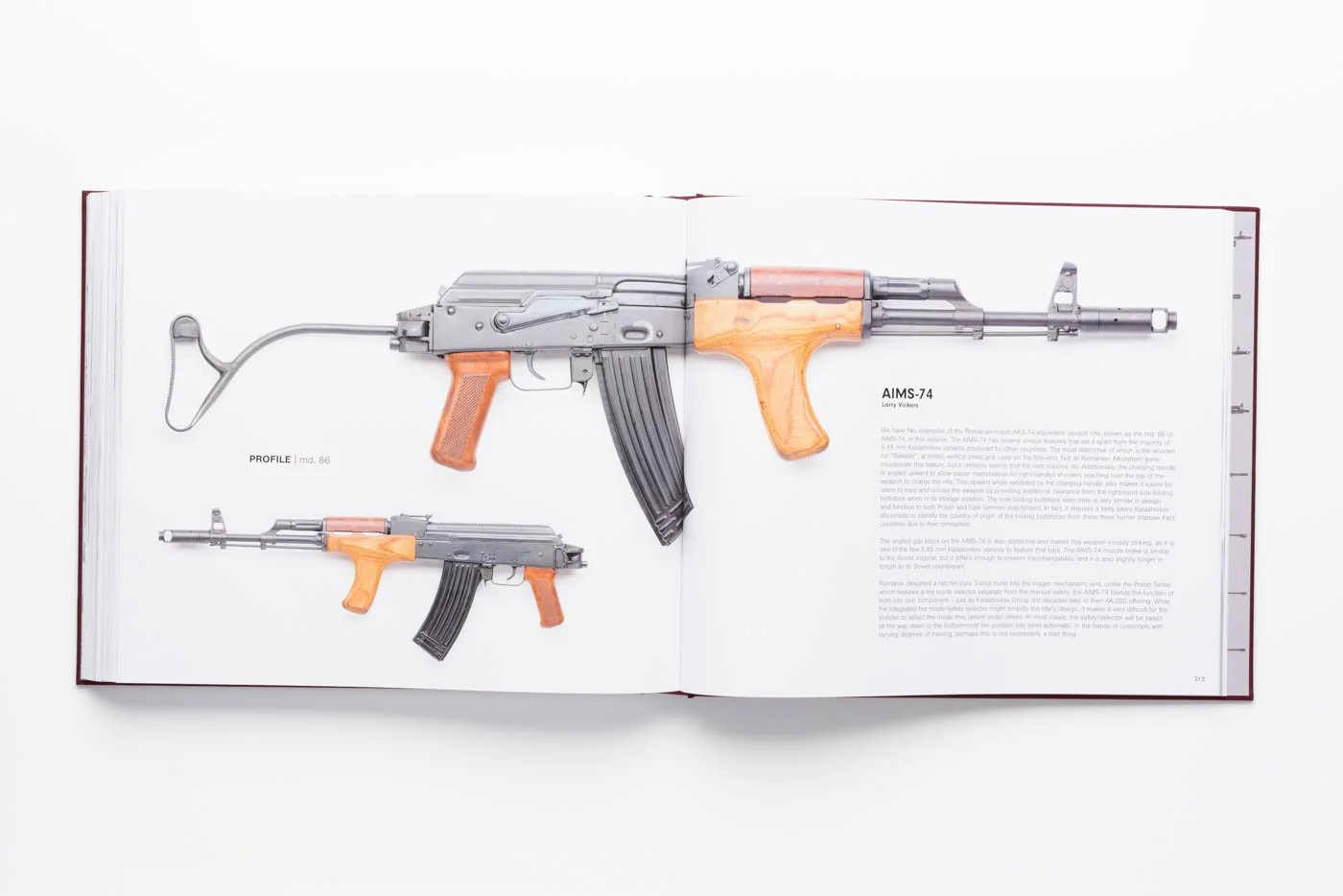 Image 17 of 19
Image 17 of 19

 Image 18 of 19
Image 18 of 19

 Image 19 of 19
Image 19 of 19




















Vickers Guide: Kalashnikov, Volume 2 (Standard Edition)
*** This is a PRE-ORDER item. Printed books are not expected to arrive at our fulfillment center until approximately August 2025; however, this date is only an estimate and is likely to change to some extent. We will strive to post updates on the Updates Page of our website, so please check that page if you have status update questions. All images shown as part of this product launch are digital renderings of the current form of the book; however, some changes may be made to the appearance, content, and page count as we work through the print production process. Credit cards and payment methods will be charged at the time the order is placed. ***
Features:
352 pages
13" wide by 11" tall (approx.)
Commercial quality, section sewn style binding which allows the book to lay flat
Full color prints on premium quality photo paper stock
Foil stamped, plum-colored linen hardcover
Full color protective dust jacket
Ribbon page marker
*** This is a PRE-ORDER item. Printed books are not expected to arrive at our fulfillment center until approximately August 2025; however, this date is only an estimate and is likely to change to some extent. We will strive to post updates on the Updates Page of our website, so please check that page if you have status update questions. All images shown as part of this product launch are digital renderings of the current form of the book; however, some changes may be made to the appearance, content, and page count as we work through the print production process. Credit cards and payment methods will be charged at the time the order is placed. ***
Features:
352 pages
13" wide by 11" tall (approx.)
Commercial quality, section sewn style binding which allows the book to lay flat
Full color prints on premium quality photo paper stock
Foil stamped, plum-colored linen hardcover
Full color protective dust jacket
Ribbon page marker
*** This is a PRE-ORDER item. Printed books are not expected to arrive at our fulfillment center until approximately August 2025; however, this date is only an estimate and is likely to change to some extent. We will strive to post updates on the Updates Page of our website, so please check that page if you have status update questions. All images shown as part of this product launch are digital renderings of the current form of the book; however, some changes may be made to the appearance, content, and page count as we work through the print production process. Credit cards and payment methods will be charged at the time the order is placed. ***
Features:
352 pages
13" wide by 11" tall (approx.)
Commercial quality, section sewn style binding which allows the book to lay flat
Full color prints on premium quality photo paper stock
Foil stamped, plum-colored linen hardcover
Full color protective dust jacket
Ribbon page marker
Tracing the story of the AK-74 – as with so many other firearms we encounter today – means looking back to the Second World War. In the decades following the close of the War, Western powers examined the intermediate calibers seen in the German StG44 and the later Soviet AK. Ultimately, several influential nations were determined to move to a caliber smaller than either the existing 7.62 × 51 mm NATO or Soviet 7.62 × 39 mm ammunition. In the United States, the outcome of the development process took the form of the .223 Remington (later 5.56 × 45 mm) cartridge and its attendant host rifle, the Armalite AR-15, which would be adopted by the U.S. military in 1964 as the M16.
This Second Volume of Vickers Guide: Kalashnikov covers the developmental history of the AK-74 – the Soviet Union’s answer to the U.S. M16 service rifle. Traditional Soviet and Warsaw Pact AK-74 variants chambered for the 5.45 × 39 mm cartridge are highlighted, as well as subsequent variants, adaptations, and modifications from around the world. The book also charts the course of the 5.56 mm cartridge in the AK-74 platform, examining the efforts of nations such as Bulgaria, Burma, the Czech Republic, East Germany, Finland, Israel, Poland, and South Africa to convert the quintessentially Soviet AK platform to a NATO-standard caliber. In all, over seventy firearms are shown in incredible detail to give enthusiasts of all levels a new appreciation for this extraordinary family of rifles.
To properly cover this expansive topic, Larry Vickers and James Rupley have assembled an international team of subject matter experts, including Ian McCollum of Forgotten Weapons and Rob Stott of The AK-47 Catalog, and traveled a record number of miles to visit collections in the United States, Switzerland, and Russia.
Vickers Guide: Kalashnikov presents this highly curated collection of firearms in never before seen detail on larger than life, wide format, full color prints in a linen covered hardback. Vickers Guide: Kalashnikov is the next best thing to having these exceptional collector grade firearms in your own personal collection.



